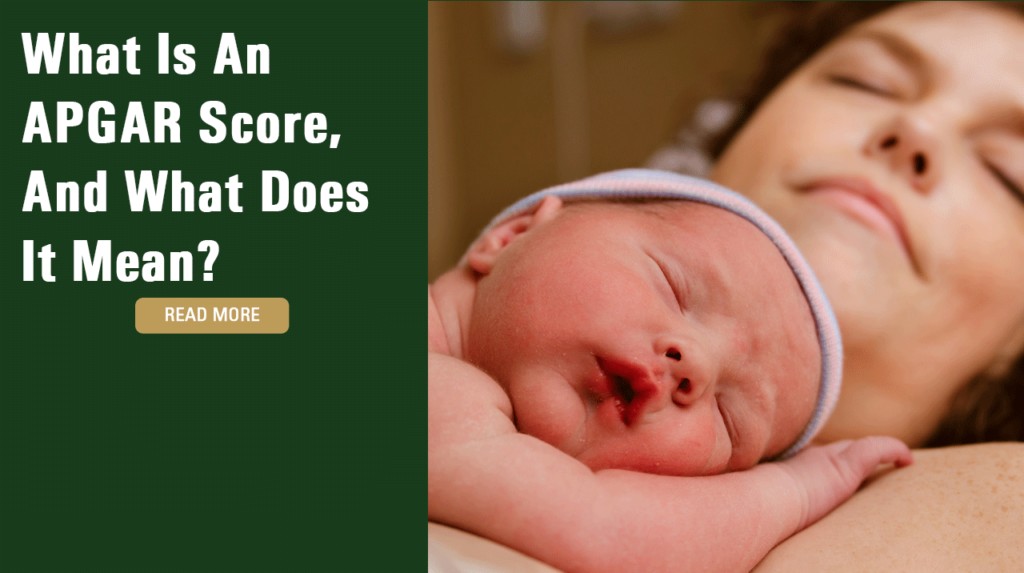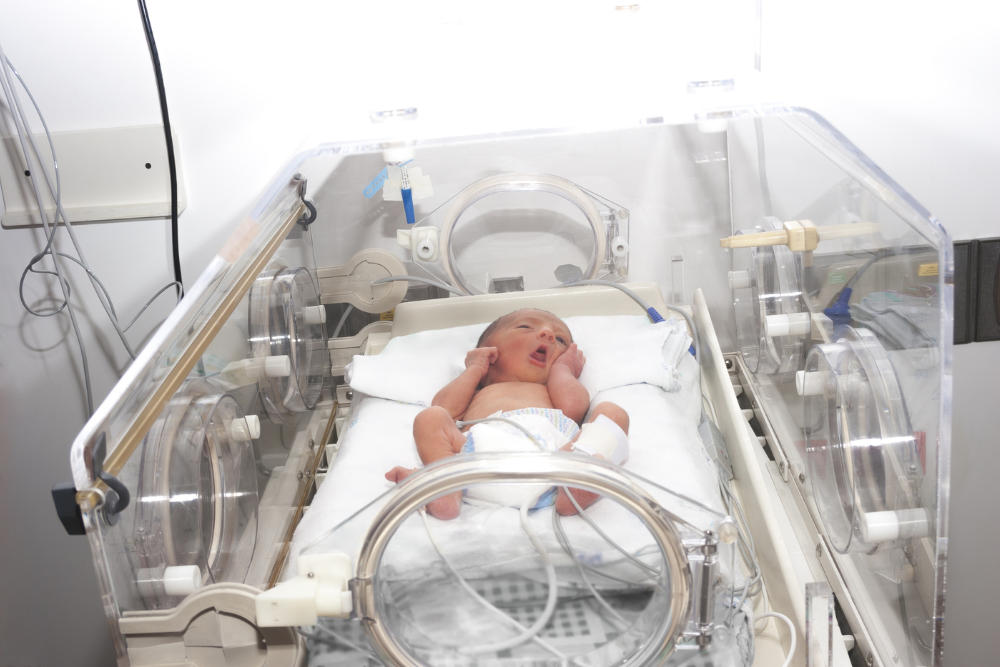What Is An APGAR Score, And What Does It Mean?

Right after a baby is born, the doctors perform an assessment to determine the infant’s APGAR score. This score helps doctors to assess the conditions of babies and identify any potential problems. If you learn that your baby received a low score, you might not understand what it means. Here is some information about APGAR scores and how they might be used from Raynes & Lawn.
What Is The APGAR Score?
The APGAR is a simple test that doctors give to newborns immediately after birth. It involves checking the baby’s appearance, pulse or heart rate, reflexes, muscle tone, and breathing. It helps to measure an infant’s health and vital signs right after birth. Doctors use APGAR scores to identify potential birth injuries that might need immediate intervention. Doctors administer the APGAR test to every newborn. Your infant’s score will determine the types of care your baby might receive for the first few days after birth. Doctors normally administer the APGAR test two times, including one minute after the baby’s birth and five minutes after birth. In general, a low score on the APGAR test might indicate something might be wrong. Treatment or resuscitation might be necessary if your baby has a low APGAR score.
APGAR Scoring System
As the doctor or medical staff completes the AFGAR test, the number of points from each section will be added to reach a total score. The maximum score is a 10, and the lowest is a zero. Infants who score at seven or higher are considered to be in good health. Those who score below seven might require immediate medical attention. If your baby’s score is low and does not improve by the second test at five minutes, the medical staff will monitor your infant and provide any necessary treatment.
Here are how the points are assigned in each section:
1. A (Appearance):
- 0 – Pale or bluish-gray in color
- 1 – Hands and feet are bluish with otherwise normal color
- 2 – Normal color
2. P (Pulse):
- 0 – No pulse
- 1 – Heart rate under 100 bpm
- 2 – Heart rate above 100 bpm
3. G (Grimace/Reflexes):
- 0 – No reflex response
- 1 – Facial movements/grimacing with stimulation
- 2- Cries, coughs, sneezes, or pulls away with stimulation
4. A (Activity):
- 0 – Lack of movement or floppy muscle tone
- 1 – Little movement with flexed legs and arms
- 2 – Active with spontaneous movement
5. R (Respiration):
- 0 – No breathing
- 1 – Irregular or slow breathing or weak crying
- 2 – Strong crying and normal breathing
Why Would A Baby Have A Low APGAR Score?
An APGAR score doesn’t necessarily mean that your baby will be disabled or have lasting problems. The test is simply a basic assessment that helps doctors assess your infant’s overall health immediately following birth. If your baby has a score of six or below, the medical staff should immediately respond. There are a variety of reasons why a baby might have a low score. Some of these are described below.

Hypoxia/Oxygen Deprivation
A low score might indicate an infant’s brain is not receiving an adequate supply of oxygen. Without intervention, the baby might suffer brain damage depending on how long the supply has been disrupted.
Hypoxic-Ischemic Encephalopathy (HIE)
If your baby has hypoxic-ischemic encephalopathy (HIE), a disruption in the blood and oxygen supply to the brain causes some of the brain cells to die. Without prompt intervention, the damage can spread. Medical professionals might use induced hypothermia to cool your baby’s body temperature for a few days to slow down and prevent the spread of damage.
Cerebral Palsy
If your baby has cerebral palsy, he or she might also receive a low APGAR score. Cerebral Palsy ranges in severity. Early intervention and treatment can greatly improve a baby’s prognosis and functioning when he or she is diagnosed with cerebral palsy.
What Happens If My Newborn Receives A Low APGAR Score?
If your infant has a low APGAR score, the medical staff will first work to stabilize your baby’s condition and then investigate what caused your baby’s low score. They will work to determine whether there might be an underlying condition and will keep you updated as they perform tests and assessments. You will also be informed about your baby’s health status and what you might expect to occur going forward. As many as one out of 10 infants who are delivered in hospital settings require breathing assistance for a short time after they are delivered. While this might seem alarming, it doesn’t mean that your child’s health will be poor going forward. Your baby will receive assistance as necessary based on the APGAR score and further tests. If another condition is identified, your doctor will create a treatment plan to help manage the symptoms and treat the condition.
Speak To A Birth Trauma Attorney
In some cases, babies with low APGAR scores will have underlying birth injuries that can cause permanent disabilities. If your child suffered a birth injury because of the negligence of a doctor or another medical professional, you should speak to a child injury lawyer at Raynes & Lawn. Call us today at 1-800-535-1797 to request a free case evaluation.

For the general public: This Blog/Website is made available by the law firm publisher, Raynes & Lawn, for educational purposes. It provides general information and a general understanding of the law but does not provide specific legal advice. By using this site, commenting on posts, or sending inquiries through the site or contact email, you confirm that there is no attorney-client relationship between you and the Blog/Website publisher. The Blog/Website should not be used as a substitute for competent legal advice from a licensed attorney in your jurisdiction.
For attorneys: This Blog/Website is informational in nature and is not a substitute for legal research or a consultation on specific matters pertaining to your clients. Due to the dynamic nature of legal doctrines, what might be accurate one day may be inaccurate the next. As such, the contents of this blog must not be relied upon as a basis for arguments to a court or for your advice to clients without, again, further research or a consultation with our professionals.
